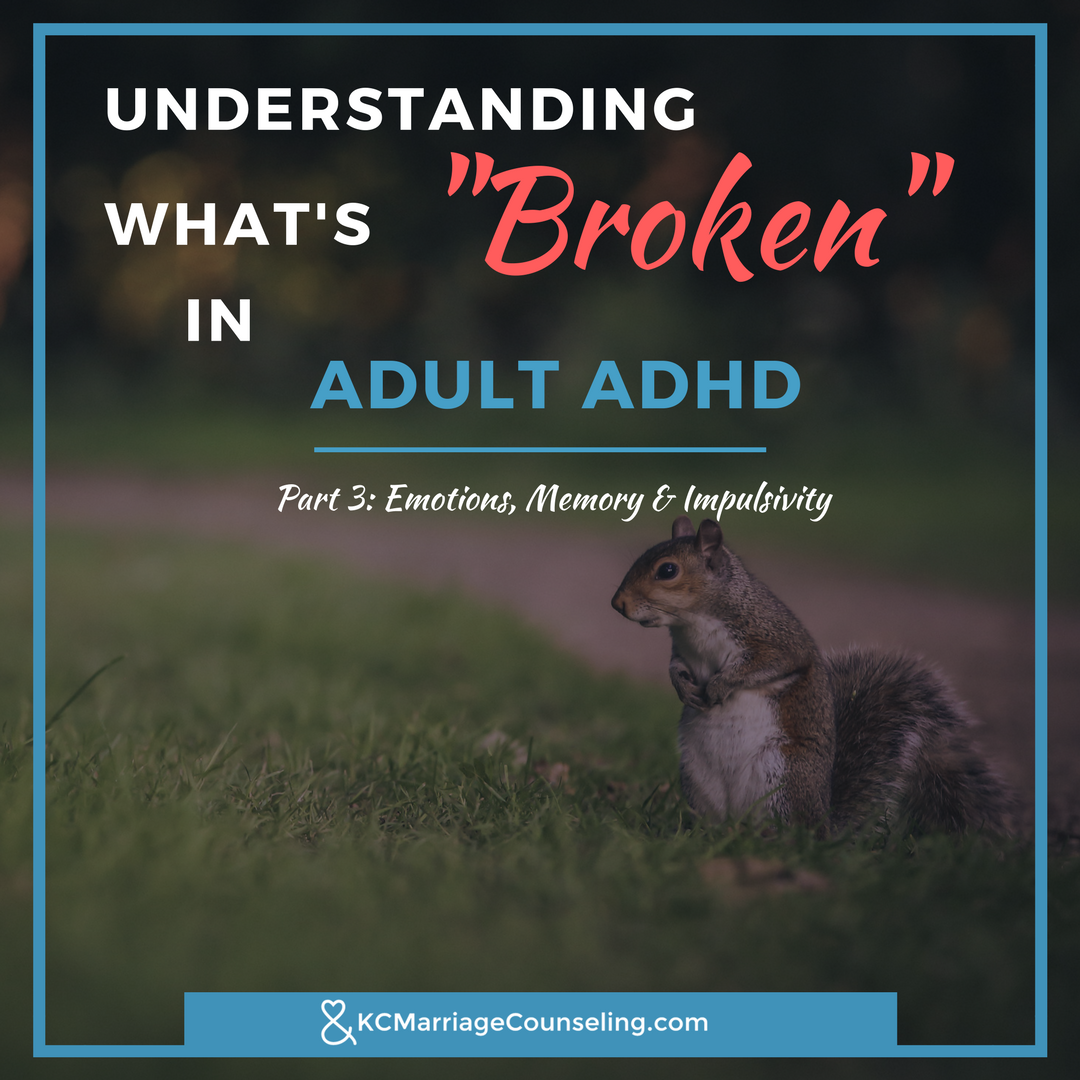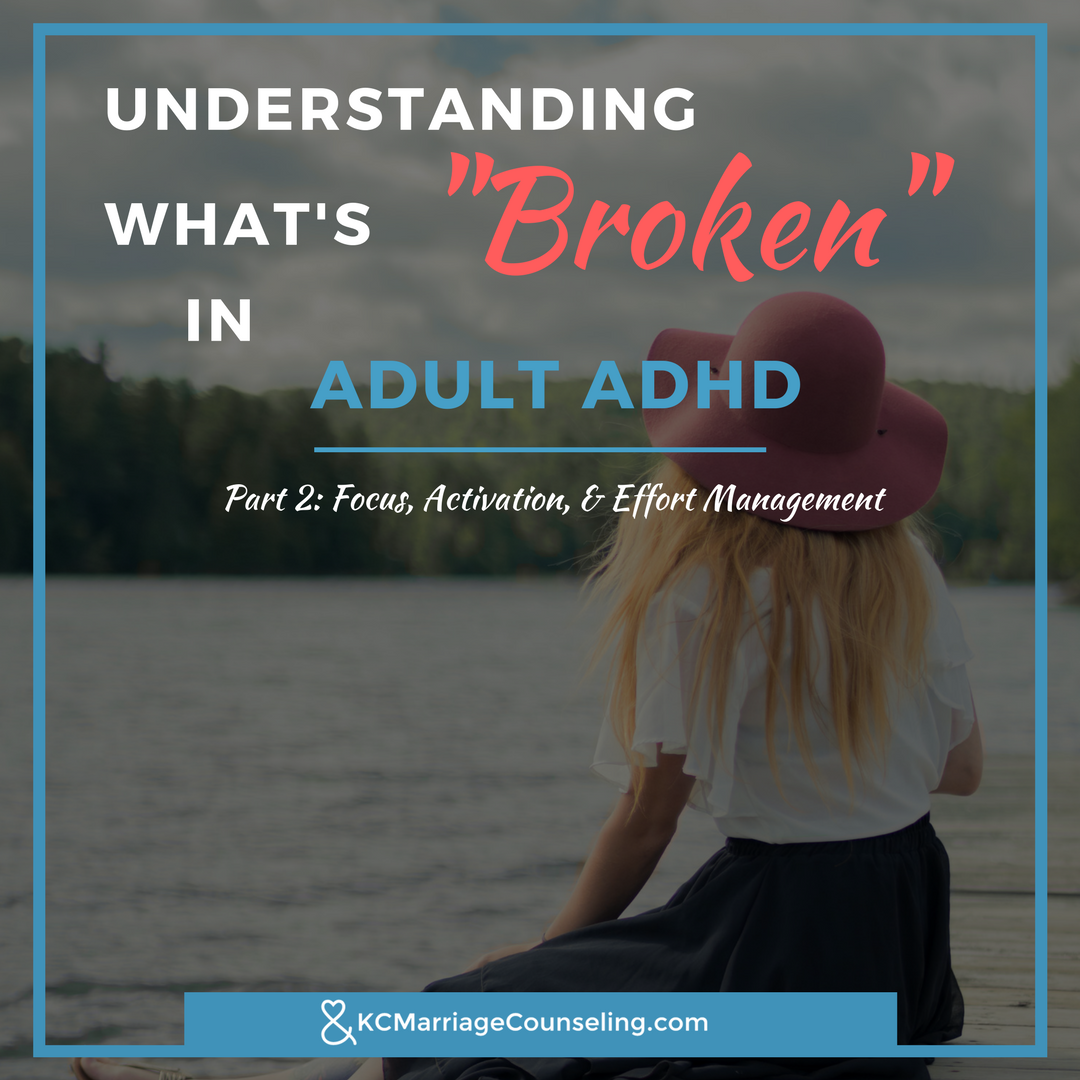So often one of the struggles of people with ADHD is that they can’t prioritize, or figure out what to do next, and fall in a literal or figurative heap under the weight of feeling overwhelmed and even hopeless. I often hear “everything looks the same! I can’t figure out which is most important because it all looks important.”
“I often hear “everything looks the same! I can’t figure out which is most important because it all looks important.””
This is NOT because you aren’t trying hard enough! This is not a moral failure, no matter how many times you’ve heard it is. The inability to figure out what is most important is due to a lack of knowledge or skill - even if you’ve been told that all of your life.
Executive Functions and ADHD
The ADHD symptoms of everything looking equally important, and not being able to prioritize is due to the impairment of executive functions that ADHD causes. In simple terms, executive functions are in the frontal lobe of your brain and controls the ability to regulate emotion, hold multiple pieces of information in current memory (working memory), tune out unimportant information, motivation and more.
One example of the executive function of being able to prioritize is this: you are driving or walking down the street. You must watch for other cars, people, and obstacles that could get in your way and even injure you. A squirrel jumps in front of you.
Someone with ADHD could see the squirrel and focus on it and start wondering what the squirrel was doing, was it gathering food for its family? where does it live? I wonder if there are good nut trees around here for squirrels. What does squirrels do during drought or snow? Do I have any squirrel feeders that I can use to help them? I wonder what Amazon has for squirrel feeders? But what about the birds… You get the point.
Someone without ADHD might see the squirrel and think “squirrel - that’s nice” and go back to walking or driving right away, without another thought of the squirrel.
For person with ADHD, all of those questions and details about the squirrel seem very important at that time. In fact, sometimes, so many thoughts can come so fast that you can’t even catch them all. For someone without ADHD, they see the squirrel, but are able to recognize that the squirrel is not important at all and that driving or walking safely is the important, immediate goal.
So, what do you do?
Write everything down that is running through your head. Make a big list. Empty your head. Don’t think about it, just write it all down. Now is not the time to evaluate it.
Now, pick the top 3 most important items on your list. Ask yourself, “what is the next most important thing for me to do? Do I have any deadlines coming up that I need to attend to? Are there people relying on my doing this thing? What will give me the most success or peace if I do this thing?
If the above steps are still a challenge for you, as they are for many with ADHD, ask for a buddy or helper to look over your list and help you to pick out the three things.
Ask them, given the items on this list, what would you put on the list of 3 most important things? Am I missing anything?
After picking the 3 most important things, choose what is the most important first thing to focus on - again ask for help if you aren’t sure. While everything might look equal to you, it probably doesn’t to somebody else and they can help you with this process.
Then, after you have a plan, take the first thing, and if you can do it, then do it. If that one task is still too big, then the next step is to break it down into smaller steps, until you can take the first step. Again, ask for help and feedback from your helper on breaking things down into smaller steps if you are struggling with this.
This process should have the attitude and openness as a “brainstorming” session would. No judgment of the process, or ideas - just evaluation of the practicalness or usefulness. Judgment implies “good’ and “bad” and has a feeling of shame. Evaluation is looking at evidence and being curious about the data.
“ Judgment implies “good’ and “bad” and has a feeling of shame. Evaluation is looking at evidence and being curious about the data.”
After you’ve created this much smaller list of 3 priorities, and the top most important priority, and then broken it down further if you need to, you can get started.
If follow through is an issue, there are other strategies that can be helpful such as:
create deadlines
use a timer
give yourself rewards
remind yourself that done is better than perfect
use outside help for accountability - an accountability partner or the Adult ADHD Treatment Group.
Quick Summary
Use a partner or someone to help you
Write everything down
Choose 3 most important things
Choose the most important thing of those three things
Break down the most important thing into small, doable tasks
Use accountability as a followup tool
For More Tips and Tricks for Adult ADHD - Subscribe below for a weekly delivery to your email inbox
More posts you might find interesting...













